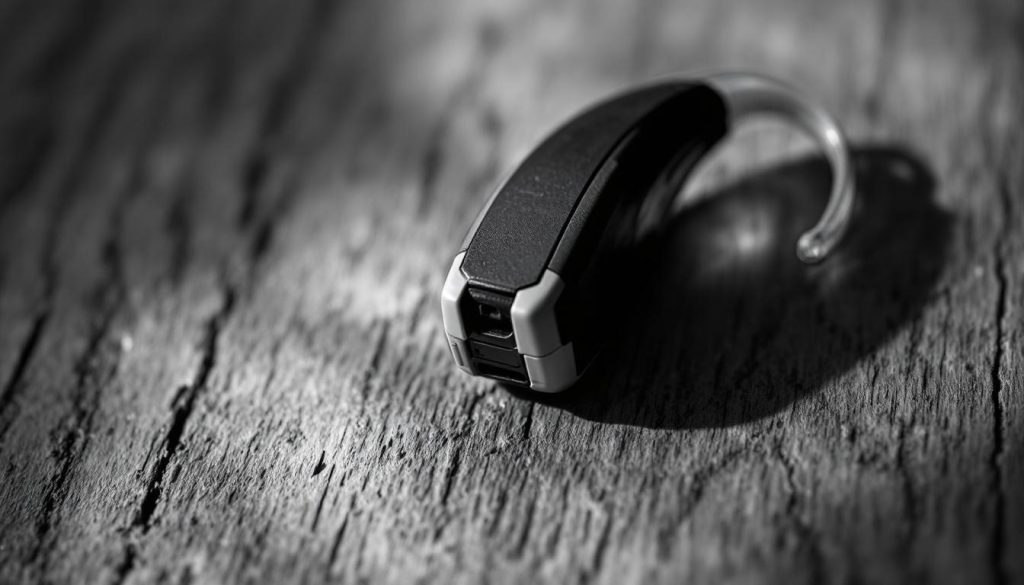Hearing loss is a pervasive condition often accompanied by a significant yet underrecognized burden: stigma. Barbra Timmer, Senior Lecturer in Audiology at The University of Queensland and Senior Scientist at Sonova AG, highlights how stigma influences individuals’ experiences with hearing loss and their willingness to use hearing aids. Her work bridges the gap between audiological research and clinical practice, aiming to better understand real-world challenges faced by adults with hearing impairment and to improve intervention approaches.
Stigma surrounding hearing loss and hearing aids is a multifaceted phenomenon rooted deeply in societal attitudes toward ageing and disability. It frequently manifests as embarrassment or denial, preventing timely treatment. According to a review published by the National Library of Medicine, stigma is driven largely by ageism and negative perceptions of disability, complicating efforts to encourage people to seek help. Despite significant technological advances, many individuals still resist using hearing aids due to concerns about appearing old or frail.
The low adoption rate of hearing aids reflects this stigma poignantly. Industry data reveals that only about 20% of adults who could benefit from hearing aids actually use them, despite greater availability facilitated by over-the-counter (OTC) options. Axios notes that, while OTC hearing aids represent an important step towards accessibility, stigma remains a formidable barrier. It underscores the need for efforts that address societal attitudes as well as technological accessibility.
Recent developments in technology offer promising potential to challenge stigma. Apple’s introduction of a feature allowing AirPods Pro 2 to function as hearing aids exemplifies how mainstream gadgets can facilitate earlier treatment and reduce feelings of shame. This strategy, reported by the Associated Press and explored in articles in The Atlantic, capitalises on the popularity and social acceptance of devices like AirPods to normalise hearing assistance. However, technical challenges such as battery life and comfort persist, limiting their universal appeal.
Importantly, the health implications of addressing hearing loss extend beyond improved communication. A study highlighted by Time magazine has linked regular hearing aid use to a decrease in mortality rates among adults with hearing impairment. This connection is thought to stem from reductions in social isolation and cognitive decline, both of which hearing aids help to mitigate. This evidence underscores the broader public health relevance of overcoming stigma and facilitating hearing aid uptake.
Effective strategies to combat stigma include dispelling myths about hearing aids, promoting positive narratives, and fostering self-acceptance. Integrity Audiology advocates for increased awareness about modern, discreet hearing technologies and encourages users to share their experiences as a way to normalise usage culturally. These social dynamics, combined with advancing technology and better clinical support, form a crucial multipronged approach to tackling stigma.
Barbra Timmer’s research emphasises the importance of integrating clinical insights with real-world patient perspectives to optimise rehabilitative audiological practice. By addressing stigma not only as a social issue but also within clinical frameworks, audiologists can better support individuals through their hearing health journeys, ensuring interventions are both effective and empowering.
📌 Reference Map:
- Paragraph 1 – [1]
- Paragraph 2 – [1], [6]
- Paragraph 3 – [4]
- Paragraph 4 – [2], [5]
- Paragraph 5 – [3]
- Paragraph 6 – [7]
- Paragraph 7 – [1]
Source: Noah Wire Services





